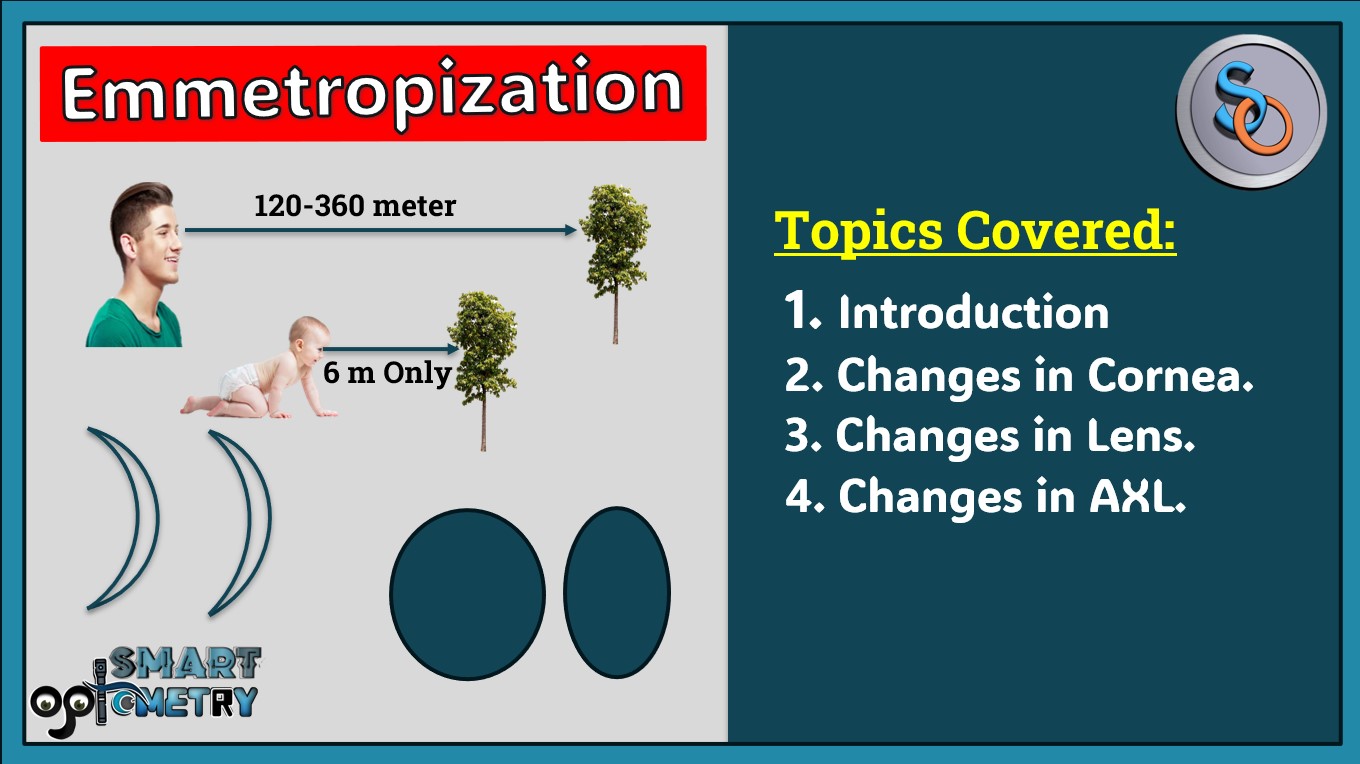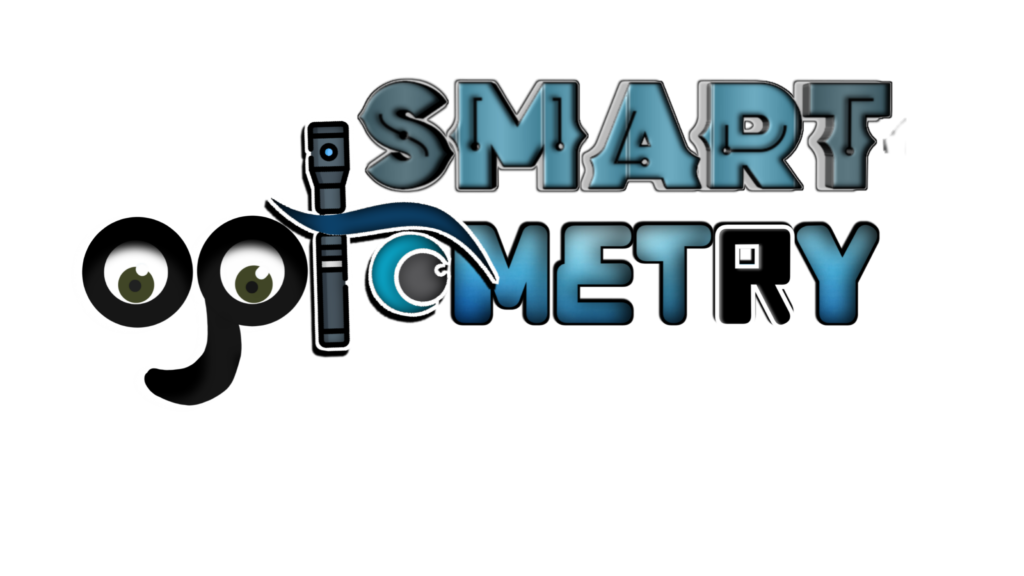Table of Contents
What is Emmetropization?
- In newborn visual acuity range between 6/360 to 6/120 that means an object that a normal person can see from 360 or 120 meters, the same objects can be seen by the newborn from 6 meters only.
- So, you can guess how less visual acuity a newborn has after birth and at the age of 5 years we reach 6/6 or normal Visual Acuity.
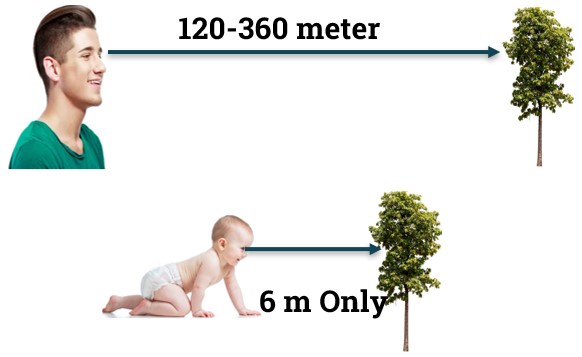
- The Process of reaching 6/6 visual acuity from 6/360 or 6/120 (that we have after birth) is called Emmetropization.
- At birth eyes have:
- Corneal Power: 48 dioptres
- Lens Power: 45 Dioptres
- Axial Length: 17 mm
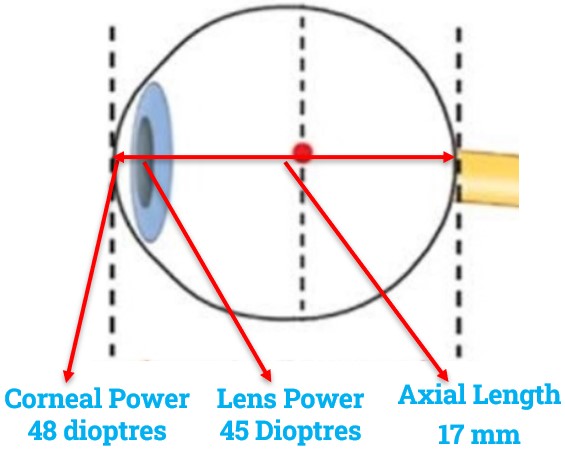
- To reach 6/6 visual acuity corneal power becomes 43, lens power becomes 17-20D & axial length becomes 24 mm.
- So, the actual definition of emmetropization is:
The coordination of the power of cornea, crystalline lens and axial length to process a sharp retinal image of a distant object is known as emmetropization.
Mechanism of Emmetropization:
- With age, the cornea, the lens, and axial length undergo coordinated changes.
- Essentially, the optical components (cornea and lens) must lose refractive power as the axial length increases so that a sharp image remains focused on the retina.
Coordinated Change with Cornea during Emmetropization:
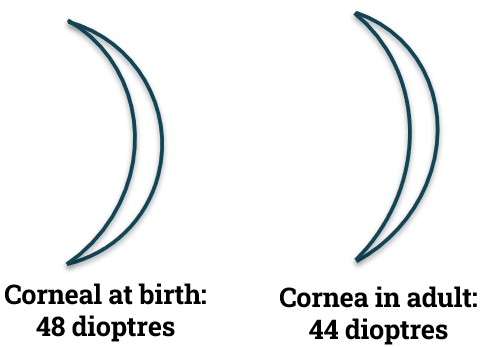
- The cornea, which averages 48 dioptres of power at birth and has an increased elasticity, loses about 4 dioptres by the time the child is 2 years of age.
- With age increase eyeball size pulls the cornea into a flatter curvature.
- The average corneal diameter is 8.5 mm at 34 weeks of gestation, 9 mm at 36 weeks, 9.5 mm at term, and about 11 mm in the adult eye.
Coordinated Change with Crystalline Lens during Emmetropization:
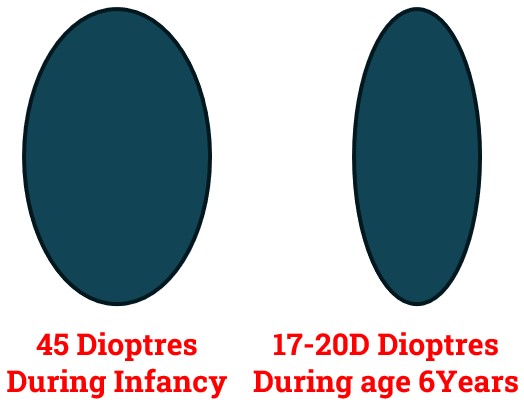
- The crystalline lens with averages 45 dioptres during infancy, loses about 20 dioptres of power by age 6 years.
- To compensate for this loss of lens power, the axial length increases by 5-6 mm in that same time frame.
- In general, 1 mm of change in axial length correlates with a 3-diopter change in refractive power of the eye.
Coordinated Changes with Axial Length during Emmetropization:
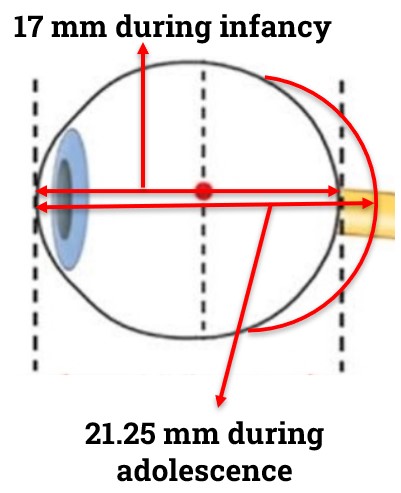
- The axial length of the neonate’s eye is usually 17 mm and that it increases 25 percent (21.25 mm) by the time the child reaches adolescence.
- The size of the normal infant’s eye is about three-fourths that of the adult size.
Corneal and crystalline lens power decreases and axial length increases to achieve 6/6 or normal vision.
Check Our Courses: Ophthalmic Instrumentation, Clinical Refraction, Contact Lens, Binocular Vision, Dispensing Optics, MCQs in Optometry
Download our App “Optometry Notes & MCQs” from Google Play Store.

